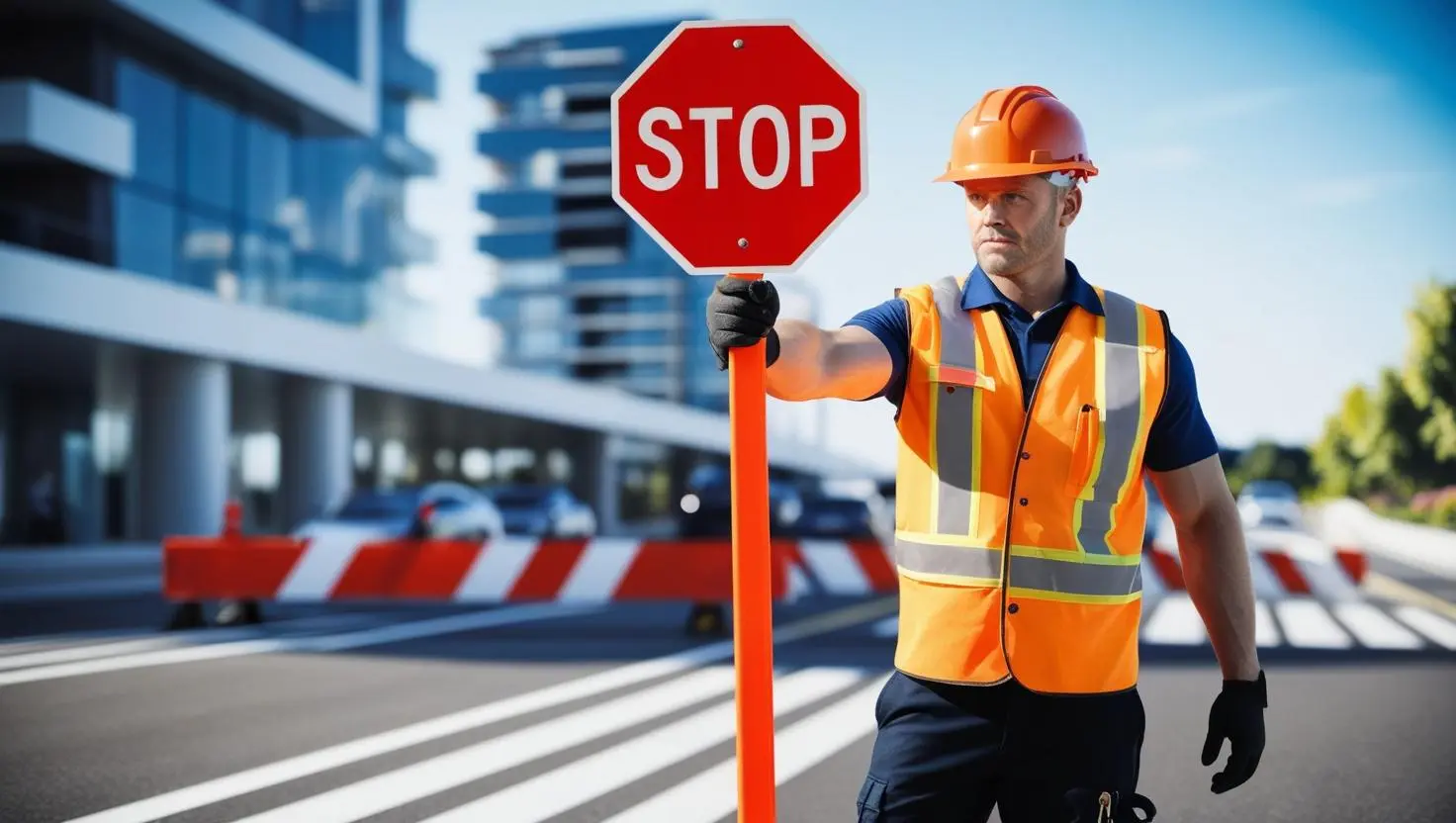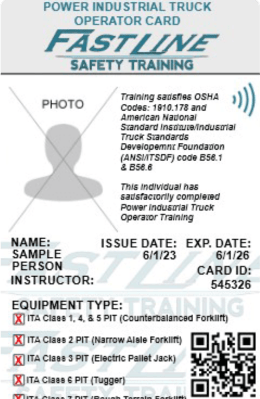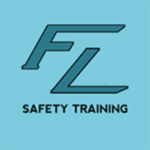
Course Duration
4 Hours
Course Session
1 Session
Language
English, Spanish
Training Type
Classroom Training
Course Overview
Our 4-Hour Flagger course is taught through the National Safety Council, and will educate students in the Federal and New York State policies, procedures and standards. Training will review general work zone safety while focusing on identifying and preventing hazardous conditions.
The topics discussed in this course provide a thorough understanding of the proper signals and safe flagging techniques specific to New York regulations, flagging procedures and proper use of required equipment, and how to coordinate traffic movement through the work zone.
Students will have an opportunity to review flagging skills using hands-on training and classroom activities.
Fast Line Safety Training delivers high-quality, hands-on training at your location and provides the industry’s preferred operator card.
Additional Course Information
What you'll learn
- Proper flagger hand signals and procedures
- Traffic control zone setup and maintenance
- Identifying and responding to potential hazards
- Communication and teamwork
- Relevant traffic laws and regulations
CEU Credits Earned
0.4
Continuous Education Units
Who should take this 4-Hour Flagger Training Course?
This 4 Hour Flagger course is designed for anyone who may be required to direct traffic in a work zone, including:
- Construction Workers
- Traffic Control Personnel
- Utility Workers
- Maintenance Workers
- Anyone involved in work zone safety

Learning Outcomes
Upon successful completion of this course, participants will be able to:
- Demonstrate proper flagger hand signals for stopping, starting, and directing traffic per industry standards
- Explain and apply the principles of traffic control zone setup, including the placement of cones, barricades, and warning signs.
- Identify and mitigate potential hazards within the work zone, such as distracted drivers, aggressive drivers, and adverse weather conditions.
- Effectively communicate with other flaggers, workers, and motorists using clear and concise instructions.
- Understand and apply relevant traffic laws and regulations about work zone safety.
These learning outcomes emphasize the theoretical knowledge and practical skills necessary for flaggers to perform their duties safely and effectively, contributing to a safer work environment.
Course Outline
Lesson 1: Introduction to Flagging & Work Zone Safety
- Importance of flagging in maintaining work zone safety
- Overview of common work zone hazards (struck-by, vehicle collisions, falls, etc.)
- Legal and regulatory requirements for flagging operations
Lesson 2: Work Zone Safety Practices
- Importance of following traffic control plans
- Communication and coordination within the work zone
- Recognizing and responding to emergencies (e.g., vehicle collisions, medical emergencies)
Lesson 3: Flagging Techniques
- Receiving and communicating instructions clearly, firmly, and courteously
- Moving and maneuvering quickly to avoid danger
- Proper use of flags, stop paddles, and slow paddles
- Controlling traffic flow in various situations (e.g., one-lane closures, two-lane closures, merging traffic)
Lesson 4: Flagger Positioning & Traffic Control Devices
- Proper positioning of flagger stations (shoulder of the road, closed lane)
- Safe use and placement of traffic control devices (cones, drums, barricades)
- Understanding and applying proper advance warning signs
Lesson 5: Recognizing and Responding to Dangerous Traffic Situations
- Identifying aggressive or distracted drivers
- Recognizing and responding to approaching emergencies
- Warning workers of approaching hazards
Lesson 6: Stress Management & Emergency Procedures
- Coping with stress and fatigue in the work zone
- Emergency procedures (e.g., accidents, medical emergencies, inclement weather)
Lesson 7: Personal Protective Equipment (PPE)
- Importance of wearing appropriate PPE (safety vests, hard hats, gloves, eye protection)
- Proper selection, use, and maintenance of PPE
Lesson 8: Legal and Regulatory Requirements
- Overview of relevant traffic control standards and regulations
- Employers responsibilities and employee rights
Pricing
Group
Minimum 5 person per class-
We Come to You
-
Schedule Flexibility
-
Hands-on Training
Inquire about setting up a private class for your team and ask about group discounts.
To successfully complete the training, students must:
- Earn a minimum score of 75% on the final evaluation.
- Complete 100% of the required course content.
- Completion of required pre-and post-quiz assessment
- Actively participate in all written and practical learning activities.
- Completion of Continuing Education and Training Registration Form
Please note that no make-up time will be provided for missed assignments or activities.
The Preferred Equipment Operator Card

QR Code/ NFC Technology
Digital ID Card: Quickly scan your card with any smartphone camera to experience the convenience of your digital identification profile.
Blockchain Protected
Blockchain-protected: Experience the next generation of security. Leveraging the power of blockchain technology, your cards are encrypted and tamper-proof, ensuring your information is always safe.
ID Cards with Face Photo
Full-resolution ID Cards: Fast Line Safety Training issues A standard identification card featuring a full-color photograph of the individual.
Completion cards are valid for 3 years and in all 50 states.
We are the only providers issuing such permanent cards.
Book your next training course with us.
Fill out the form below or call us at (631) 393 – 6755
to set up your training session!
l out the form below or
call us at (631) 393 – 6755
to set up your training session!

Frequently Asked Questions
Why is flagger training important?
Flagger training is crucial for ensuring the safety of workers, motorists, and pedestrians in work zones. It equips flaggers with the knowledge and skills to guide traffic and prevent accidents effectively.
Who is required to be a flagger?
Flagger training may be required by law for individuals working in construction zones, utility work zones, and other areas where traffic control is necessary
What are the potential consequences of improper flagging?
Improper flagging can lead to serious accidents, including vehicle collisions, worker injuries, and even fatalities. It can also result in fines and penalties for the employer.
How can this training benefit me?
This training will provide you with the knowledge and skills to safely and effectively direct traffic, protect yourself and others, and comply with all relevant traffic control regulations.



